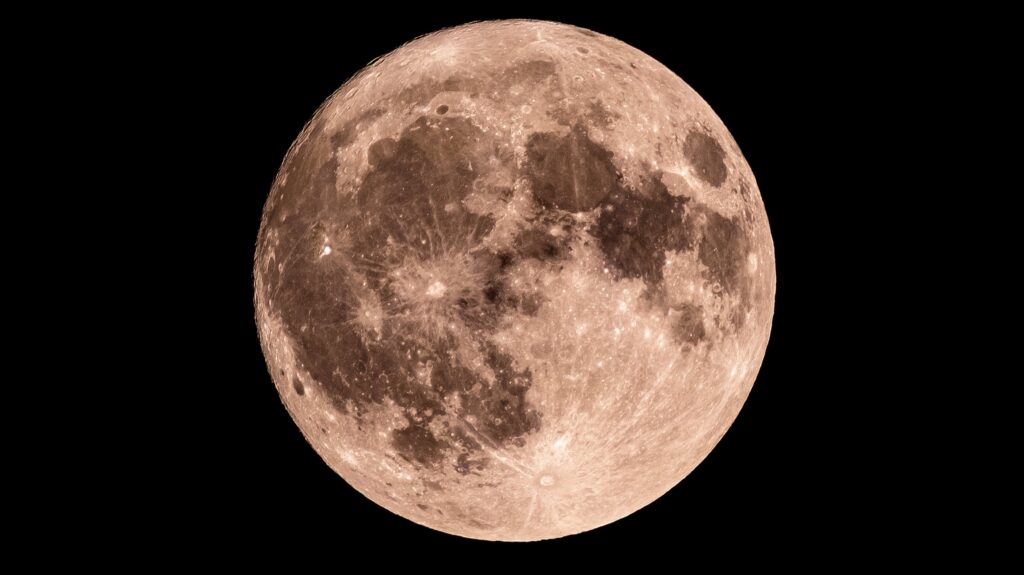
The moon is currently in the Waxing Gibbous phase, illuminating approximately 99% of its surface as of tonight, October 6. This phase precedes the full moon, which will occur tomorrow, October 7. As the lunar cycle progresses, stargazers can take advantage of tonight’s conditions for a closer look at various lunar features.
For those wishing to observe the moon without any visual aids, a clear night sky will reveal prominent features such as the Copernicus Crater, the Mare Fecunditatis, and the Mare Tranquillitatis. Using binoculars can enhance the experience, allowing viewers to see the Apennine Mountains, the Mare Nectaris, and the Gassendi Crater. For enthusiasts equipped with telescopes, additional landmarks such as the landing sites of Apollo 15 and Apollo 17, along with the Fra Mauro Highlands, will come into view.
Understanding Moon Phases
The moon undergoes a series of phases as it completes its orbit around Earth, taking approximately 29.5 days for a full cycle. According to NASA, these phases are a result of the changing angles between the Sun, Moon, and Earth. As the moon orbits, the amount of sunlight reflected from its surface varies, leading to the distinct phases observed from Earth.
The primary phases of the lunar cycle include:
– **New Moon**: The moon is positioned between the Earth and the Sun, rendering it invisible.
– **Waxing Crescent**: A small portion of the moon’s surface begins to be illuminated on the right.
– **First Quarter**: Half of the moon is lit up on the right side, creating a half-moon appearance.
– **Waxing Gibbous**: More than half of the moon is illuminated, approaching full brightness.
– **Full Moon**: The entire surface of the moon is fully illuminated.
– **Waning Gibbous**: The moon starts to lose light from the right side.
– **Last Quarter**: The left half of the moon is illuminated, resembling another half-moon.
– **Waning Crescent**: A thin sliver of light remains on the left before the cycle begins anew.
As the lunar cycle continues, the excitement for the full moon builds. Observers around the world are encouraged to take a moment on October 7 to appreciate the full moon’s brightness, which offers a spectacular view of the sky. Whether using the naked eye, binoculars, or a telescope, tonight’s Waxing Gibbous moon provides an excellent opportunity for celestial observation.







